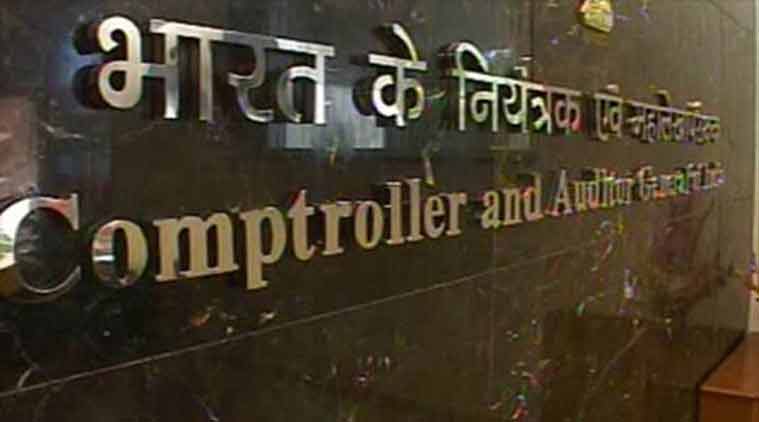CAG Full Form: CAG, which stands for Comptroller and Auditor General of India, holds a pivotal position as the supreme auditor of the Government of India. With constitutional status under the Parliament of India, its jurisdiction encompasses auditing responsibilities over the Union (Central) Government, State Governments, Union Territories, and Local Governments. The appointment of the CAG is vested in the President of India, in accordance with Articles 148 to 151 of the Constitution, as amended by the 73rd Amendment.
Unlike a full-time officer, the CAG cannot hold any other office under the Union or State Governments, any local authority, or engage in remunerative employment for profit. Moreover, eligibility for the position excludes individuals who have previously held any office under the Central or State Government.
Understanding the Role of CAG | CAG Full Form
The reports prepared by the Comptroller and Auditor General of India serve as a vital link between the government’s financial activities and public scrutiny. Similar to the role of a Supreme Court judge in India, the CAG’s responsibility is to “give an account of the state of public accounts,” ensuring transparency in public expenditure and offering recommendations for improvement.
Operational Mechanisms of the Comptroller and Auditor General
The operational procedures of the CAG entail scrutinizing government accounts submitted to Parliament and other relevant bodies to verify the accuracy of expenses. Subsequently, the findings are communicated to the Finance Ministry and the Prime Minister’s office for further action.
Leadership Structure of the Audit and Accounts Department
At the helm of the Audit and Accounts Department is the Head of the Department (HOD), who holds powers akin to a judge of the Supreme Court of India. The chairman of the CAG, appointed by the President of India from non-IAS officers holding the rank of Secretary to the Government of India or Director General, Audit and Accounts, is supported by the CAG Council. The annual report of the CAG, historically released on the last working day of May, has seen a shift to June 1 since 2016-17.
Eligibility Criteria for CAG Membership
The CAG comprises five members, with a maximum of three members from the same political party. Eligibility criteria include a minimum of 20 years of service at the level of Joint Secretary, along with an MSc in Financial Management degree and proficiency in Indian Accounting Standards. Additionally, candidates must not exceed the age of 62 and possess a Master’s degree in Commerce with a first-class distinction. Appointment as chairman involves an interview and scrutiny process.
Composition of the CAG
The Comptroller and Auditor General of India is composed of four members, including:
- Comptroller and Auditor General of India
- Additional Secretary, Department of Personnel & Training
- Chief Vigilance Commissioner
- Additional Secretary, Department of Economic Affairs
Appointment Process of the Comptroller and Auditor General
The President of India appoints the CAG directly for a term of five years, serving as the principal official responsible for conducting financial audits of government departments and organizations.
Annual Budget Allocation for CAG
The budget allocated for CAG audits stands at Rs 500 crore, with the CAG functioning as an autonomous body registered under the Companies Act of 1956.
In Conclusion
In Conclusion CAG Full Form, The Comptroller and Auditor General of India play a crucial role in ensuring transparency and accountability in the government’s financial operations. With a robust auditing mechanism and stringent eligibility criteria, the CAG serves as a pillar of integrity in India’s governance framework.

